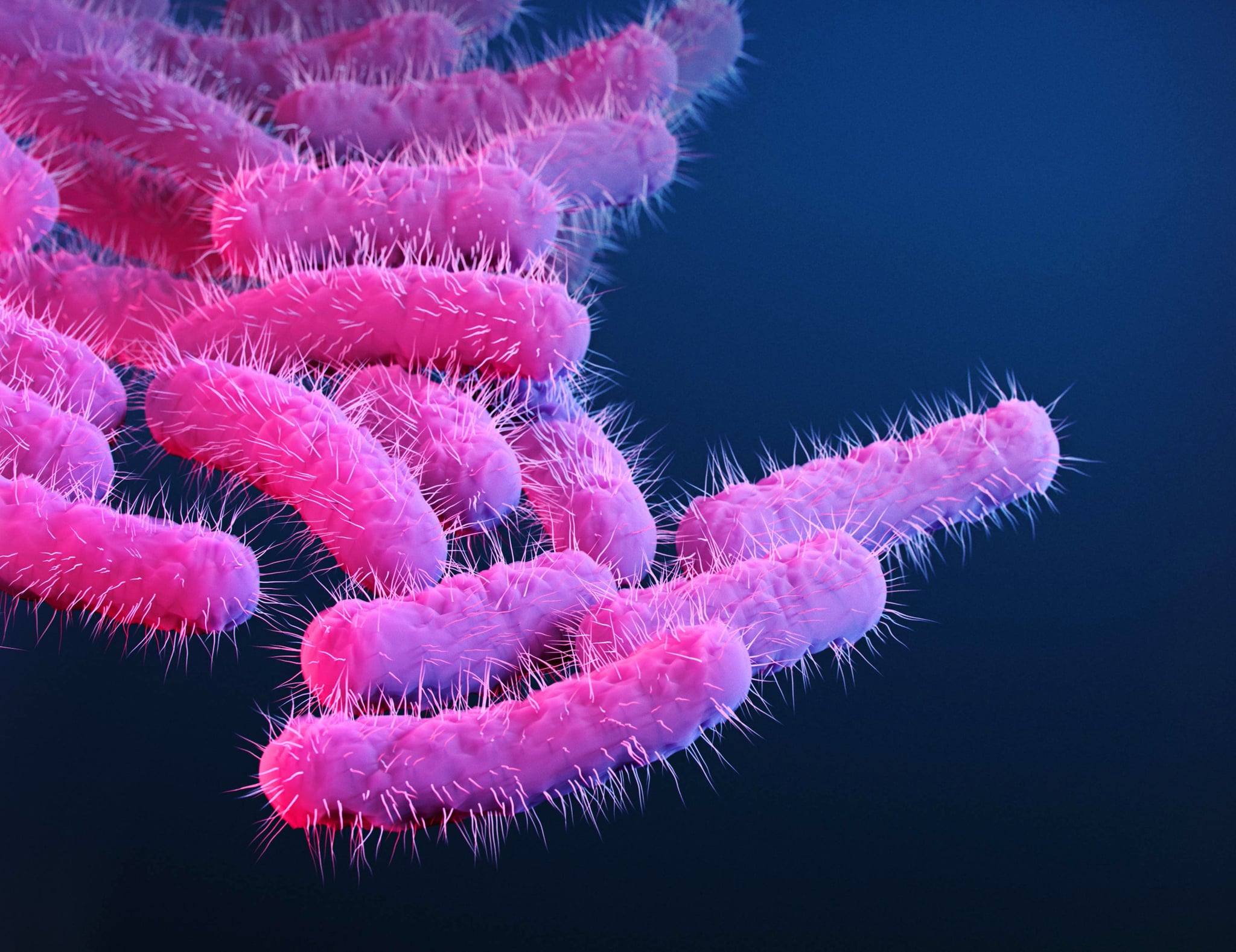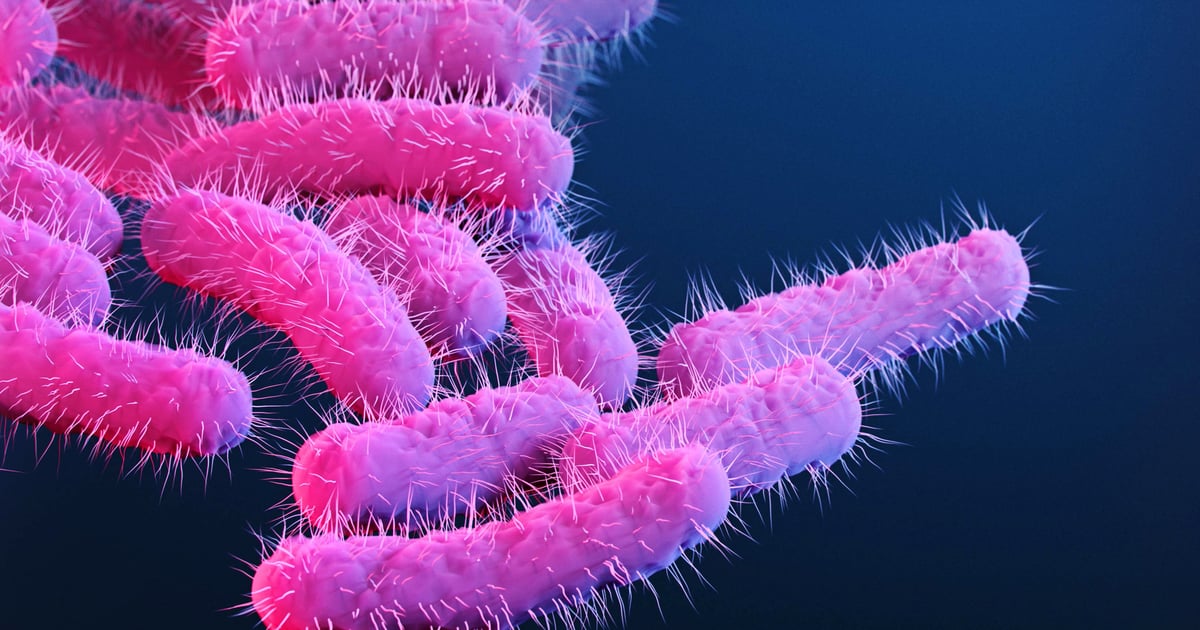
In today’s medical news, a highly contagious bacteria known as Shigella is in the spotlight and making its rounds across the country. It causes an infection known as shigellosis, resulting in bloody diarrhea and fever. And Shigella is estimated to cause at least 450,000 infections in the United States each year, according to the Centers for Disease Control and Prevention.
The illness can wreak havoc on your gastrointestinal tracts and is increasingly becoming more and more drug-resistant. In fact, the Centers for Disease Control and Prevention (CDC) recently put out a health advisory regarding Shigella and its most recent strain XDR, asking healthcare providers to “be vigilant about suspecting and reporting cases of XDR Shigella infection to their local
or state health department and educating patients and communities at increased risk about prevention
and transmission.”
POPSUGAR talked with infectious disease experts to learn more about Shigella. Knowing the signs and symptoms of Shigella infection and how Shigella is spread can help you stay safe.
What Is Shigella?
Shigella is a bacteria that is found in the gut and can cause gastrointestinal infections, known as Shigellosis, often characterized by bloody diarrhea, says Sarah Park, MD, an infectious disease physician and medical director at Karius.
How Does Shigella Spread?
Simply put, Shigella spreads through “fecal-oral contact” which means people can get infected after coming in contact with and swallowing small amounts of bacteria from the stool (or poop) of someone who is infected, explains Amesh Adalja, MD, an infectious disease physician and a senior scholar at the Johns Hopkins University Center for Health Security.
“Traditionally younger children contract Shigella,” says Dr. Adalja. Children younger than 5 years old are most likely to get shigellosis, per the CDC. And outbreaks often occur in daycares and education settings.
Men who have sex with men (who tend to encounter the bacteria through sexual activity), and travelers visiting places with poor sanitation or people who consume unsanitary food and water are also at greater risk of infection, per the CDC.
“We’re usually seeing [food contamination] through foodborne diseases, but in developing areas it can be because of poor hygiene, inadequate water supply, and inadequate food supply,” says Dr. Park.
Those with weakened immune systems due to illnesses or conditions, like HIV, or a specific medical treatment can also experience a more severe form of infection. “A severe Shigella infection can spread into the blood, which can be life-threatening,” per the CDC.
Shigella Symptoms
The most common and telltale sign of Shigella is bloody diarrhea, but you can also experience fever, chills, and abdominal pain, says Dr. Adalja. Nausea and/or the frequent urge to use the bathroom can also occur, adds Dr. Park. Symptoms usually start one to two days after infection, and can last up to a week, per the CDC.
If you suspect you have Shigella, call your doctor and stay away from the elderly and those who are immunocompromised or have underlying medical conditions because they may be at risk for more severe illness and complications, says Dr. Park. The CDC also recommends staying home from school or work while sick, abstaining from sex (oral, vaginal, anal, or penile), not preparing food for others, and staying out of recreational water like public pools, hot tubs, water parks, and even ocean, lakes, and rivers.
Shigella Treatment
There is no vaccine for Shigella, but antibiotics can treat most infections, Dr. Adalja says. Some people also recover on their own in a few days without medical attention, he adds. However, if your symptoms are extreme or persist for more than a couple days, it is incredibly important to see a doctor so they can perform a stool sample and determine the best course of action, says Dr. Park.
According to the CDC advisory, some Shigella infections can become antimicrobial resistant which happens when the germs develop the ability to defeat the medicine designed to kill them, causing the bacteria to grow and spread. As a result, some first-choice antibiotics will not be effective, and you may be prescribed second- or third-choice drugs for treatment. Because of this, it’s especially critical that you talk with your doctor before taking any antibiotics. Avoid self-treating or taking old medications from an outdated prescription.
“The biggest thing is really making sure that if you are prescribed antibiotics, or whatever your doctor advises, you should follow that specifically,” Dr. Park says. Once you start treatment, if it’s a resistant organism, you could be making things worse by going rogue. And if you’re not treating it correctly or at all, “you could be shedding more resistant bugs,” Dr. Park explains. In other words, make sure you follow directions and take all of the antibiotics even if you start feeling better.
Aside from antibiotics, hydration is key, stresses Dr. Adalja. When you have diarrhea, you’re losing a lot of water and electrolytes through your stool, so it’s critical that you replenish lost fluids. So be sure to drink plenty of water or opt for an electrolyte drink to avoid dehydration.
Lastly, both experts agree that thorough hand-washing is non-negotiable to stop the spread of further infection. This means washing with soap and warm water for at least 20 seconds.
Shigella vs. Norovirus
‘Tis the season because Norovirus, another quick-spreading disease, is also sweeping across the country, but it’s important to distinguish the two illnesses. First and foremost, Shigella is a bacteria and norovirus is a virus, Dr. Park explains. “For Shigella, we have an antibiotic for treatment, but for norovirus, there is no medicine or direct treatment.”
And while both illnesses can cause diarrhea, fever, and chills, norovirus is typically characterized by extreme vomiting, says Dr. Adalja. Additionally, Shigella often presents with bloody diarrhea whereas norovirus diarrhea does not usually contain blood, adds Dr. Park.
In terms of treatment, both illnesses are contagious and easily spreadable, so good hand-washing is key. Hydration is also a must since both present with diarrhea and/or vomiting which cause a loss of fluid and can lead to dehydration, Dr. Park explains.
In either case, though, if you feel lightheaded, delirious, or have extreme bloody diarrhea or vomiting, seek medical care immediately and avoid those who are immunocompromised.
